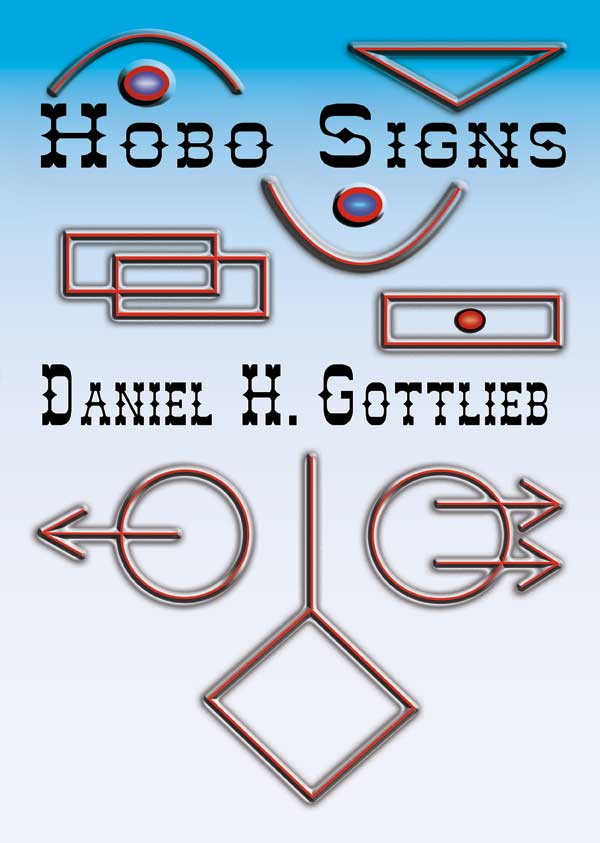During the 1930’s hobos and homeless wandered this nation in search of a sustainable life. Apparently abandoned by their society, these nomads developed a system of communication and interconnection using pictures to convey valuable data about locations and situation. Details about food, travel, medical care, and danger were all included. On one level, signs provide community.
Nature’s signs elucidate ecosystems. Fine relative points that form paths from which we can embrace change, fathom strange lands, or cope with mistakes. They help us explore life, providing enhancement, or awareness of experience. Signs help us see the ties that matter.

Signs also help us mature–once we see all the options. Hobo Signs is the final book of a series that began with The Galileo Syndrome, continued with The Fires of Home and flowed into The Dirties. The structure of this set of books is edgy. In every way, Hobo Signs is the tether for the other three books in this series. Some events in the early books which once seemed to make only the vaguest of sense, had to wait for this book for clarity. Hobo Signs is the context of a body of work declaring that entry into a time of change demands community, acceptance of new paths, and a mature perspective. So we can know when can manage an issue–and when we are minor players.
In that clarity there is more than maturity. There is comprehension, caring, and charm. That is the secret of these books: The clarity that we are children of this good universe and that like all good parents this universe loves its children. Even to the point of providing a freedom that suggests we pay attention to the many truths. Paths are also signs–and there are many paths.
So at every level signs present us with choice.
Ignored signs provide us with hard fought wisdom. Our home planet is changing…
Sorry, the comment form is closed at this time.